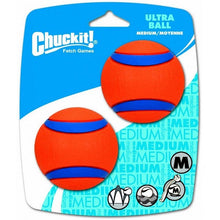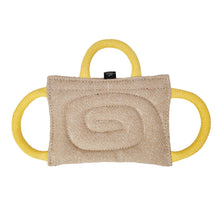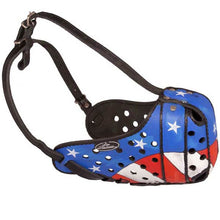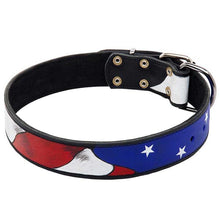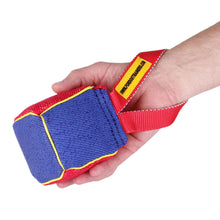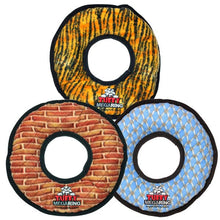How To Solve Your German Shepherds Itchy Skin
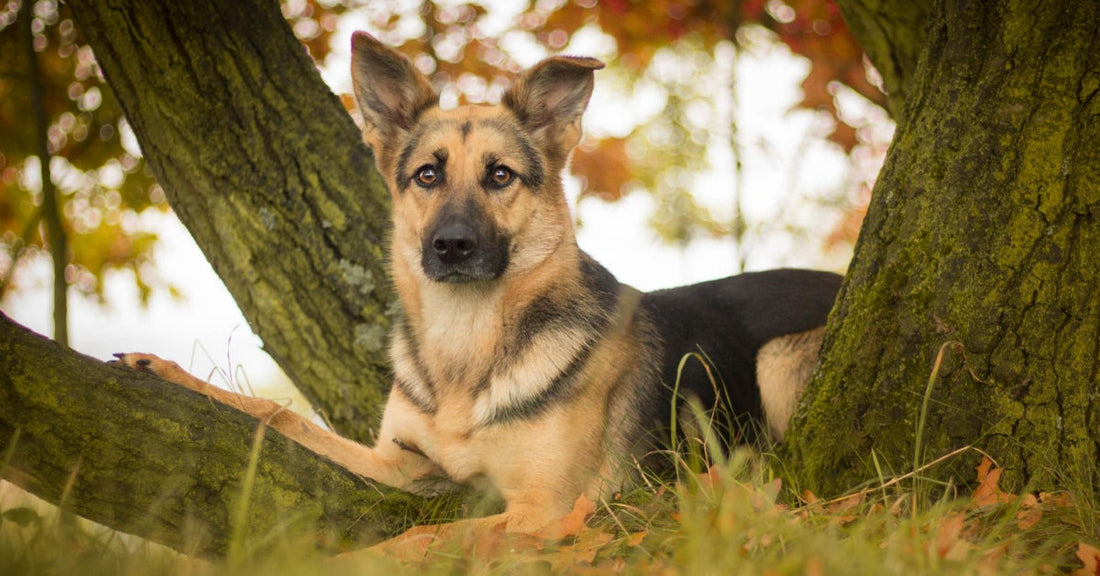
German Shepherds are a breed that are prone to skin conditions of all types. What are the causes? More importantly, what are the solutions?
Over Bathing: This one is surprisingly high on the list. Dogs have natural oils on their skin, and German Shepherds for the most part have fairly dry skin. Over bathing your dog can compound the issue by stripping away those natural skin oils. There are people who have no idea why their dog's skin is flakey and itchy until I ask about bathing and they tell me they bathe their dog weekly.
A good bath every 3 months with regular dog shampoo is about as much as you want to do. If your dog gets exceptionally dirty in the meantime, just hose them off with water. Water and oil are immiscible, which means they will not mix. So you won't remove and wash away the natural skin oils with just plain water. So remember to bathe regularly, but once a month is pushing it and once a week is overkill.

Natural Shampoos: Since we're already on the topic of bathing, we should address the issue of the shampoo you use for your dog. There are a bunch of catchphrases like "Natural" shampoo etc. But with this breed I can tell you that oatmeal shampoo is the way to go in my opinion. Preferably a soap free oatmeal shampoo that's tearless. I've found you can wash your dogs more frequently with it, which will turn a once quarterly bath into a bi-weekly or monthly bath for people who are active outdoors and their dogs get really dirty regularly.
Choosing the right shampoo can circumvent the first talking point in this article. It's a no-brainer, soap free oatmeal shampoo is a game changer and the way to go. Top Performance Oatmeal Shampoo is a great choice with only 7 ingredients, and one of those is purified water so it barely counts.

Fleas: Fleas can be a menace. But when a dog starts scratching, it's the first thing people assume it means. "I give my dog flea baths and flea prevention pills but they just keep scratching." Yes, I've heard that before, a lot. They end up making the condition worse instead of better and I've even asked people if they noticed any fleas and they had no idea that fleas are visible to the naked eye.
If your dog has fleas, and isn't on a flea preventative medication, you just have to look at their belly and you'll see them. If you do see them, you need to kill them. This can be accomplished with a flea bath, but they'll just come right back if you don't use a flea preventative. Fleas can give your dogs tapeworm if they eat them, and dogs itch themselves by biting the area. That's no good, so pick a good oral or topical preventative from your vet.

Diet: Diet is one of the main causes of allergies in all dog breeds. Most of the time, it's the corn in dog foods that contain it. So if you've exhausted other options, look into switching to a corn-free food. Sometimes dogs are allergic to beef in dog food. You can work around that by going with a lamb or duck kibble. They're a little pricier than beef, but a lot of people who switch and their dog's allergies are alleviated think it's worth every penny.
And last but not least, some dogs are allergic to chicken as well (so the lamb comes in to save the day once again). Now there may be other things in your dog's diet in your particular dog's case that they're allergic to. We're mentioning the most common food allergies because we can't go through every potential ingredient in every potential dog food. If all else fails for you, a home cooked or raw diet often saves the day. Just do your research. Don't take making your own dog's food lightly.

Skin Fungus: This isn't even a thing I'd bring up when discussing most other breeds, but German Shepherds and Labradors seem to get the short end of the good skin stick every time so in this instance it must be brought up. Our poor breed is often times afflicted by skin fungus, especially if you live in humid places or they swim a lot or run through tall, wet grass often.
Sometimes it's black, sometimes the affected area is red and gooey or sometimes it's red and flaky. You'll often spot it in the armpit region or the groin. You can go to the vet for a $50 prescription bottle of shampoo with antifungal medication in it, or you can buy the Davis Miconazole Shampoo for a less expensive $16.99.
Mange: When people think of mange they think of unkempt strays living on the street. But any dog can get mange. Sarcoptic mange is the "bad" one. You'll have to see your vet for powerful medication to kill the mite that causes it, although sometimes you can find it at country feed stores. It smells horrible and you have to use it outdoors because of the fumes, but one must do what one must do.

The other kind of mange is Demodectic mange. It too is caused by a mite called Demodex canis. This is the less severe mange and is extremely common. By extremely common I mean that your dog has Demodectic mange right now as you're reading this. All dogs do. Your dog may have 0 symptoms, or you might be here because you've noticed bald or thin patches, especially around the eyes and snout. These mites only cause an issue when a dog is allergic to them. So if you're having an issue with Demodectic mange, your dog is allergic or is severely ill and has a weakened immune system. If your dog's immune system is weak, that's an issue to take up with a veterinarian, but if your dog is allergic to them, we have a simple solution, Davis Benzoyl Peroxide Shampoo, and it's less than $13.50.
Thank you for the read. And as always, leave a like and share if you enjoyed this article. It helps more than you know!





